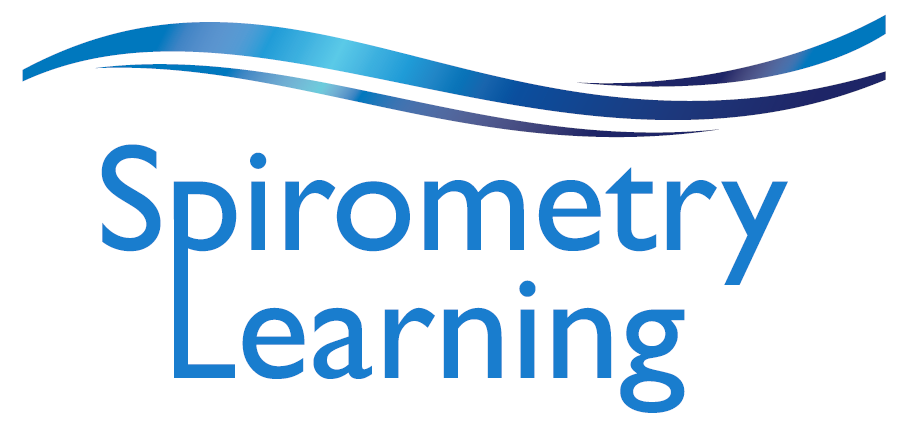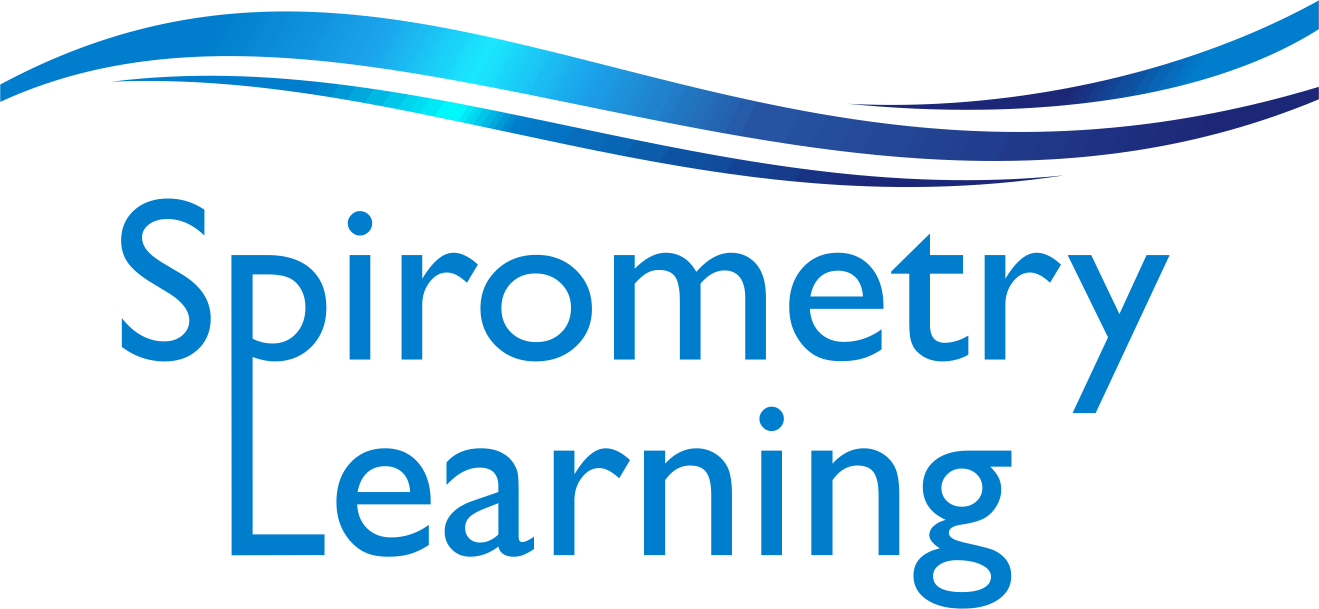About the SL - Spirometry Education for Health Professionals
Spirometry is recommended as an indispensable tool to aid in the diagnosis and monitoring of chronic airways disease. Well-performed, good quality spirometry has been shown to increase the correctness of COPD and asthma diagnoses and improve the clinical management of patients with respiratory disease.
Spirometry Learning Australia (SLA) have designed and developed the Spirometry Learning – Spirometry Education for Health Professionals (SL-SEHP), a comprehensive, online only, set of resources designed to assist health professionals recognise the essential requirements for quality assured spirometry and reliably evaluate and interpret test results.
The SL-SEHP resources are compliant with Australian & New Zealand Society of Respiratory Science (ANZSRS), Thoracic Society of Australia & New Zealand (TSANZ) and American Thoracic Society & European Respiratory Society (ATS/ERS) spirometry testing standards.
Fee: $85
To enquire about SL-SEHP registration contact Spirometry Learning Australia by clicking on the email link below
Who is it for?
Participants may include clinicians, nurses, scientists, allied health workers and other healthcare providers from tertiary, secondary, primary care settings and industrial workplaces across metropolitan, rural and remote environments.
Learning Outcomes
After successful completion of the SL-SEHP participants should have a good understanding of the following concepts:
- Indications for spirometry
- Physiology and pathophysiology of obstructive and restrictive ventilatory defects
- Definitions of the indices to be measured: FEV1, FVC, FEV1/FVC ratio & PEF
- Data represented on flow-volume curves and volume-time spirograms
- Use of predicted reference values
- How patient demographics relate to spirometry measurement
- Spirometer settings and technical considerations
- Quality Assurance concepts including calibration & verification of the spirometer device and use of Biological Controls
- Pre-test requirements including assessment of relevant contraindications, considerations for testing and potential complications
- Test performance including operator instructions for testing, ATS/ERS criteria relating to the acceptability of patient test performance, ATS/ERS criteria relating to the repeatability of test measurements, common causes of poor quality spirometry, trouble-shooting patient related issues and assessment of bronchodilator responsiveness
- Health service and Infection Control standards
- Pattern recognition of normal and abnormal flow-volume curves
- Differentiation between normal and abnormal spirometric values, including the use of z-scores
- Case-based application of interpretative strategies
Outline
The web-based components are self-paced and include presentations, filmed segments and interactive resources.
Time for completion is approximately 5 – 6 hours.
Learning outcomes are objectively assessed.
Continuing Professional Development: Health professional CPD points are available.
It is recommended that health workers who conduct point-of-care spirometry testing undertake the Spirometry Learning – Competency Assessment’ (SL-CA) course which incorporates a Practical Skills Workshop and the use of the Spirometry Assessment Tool.

